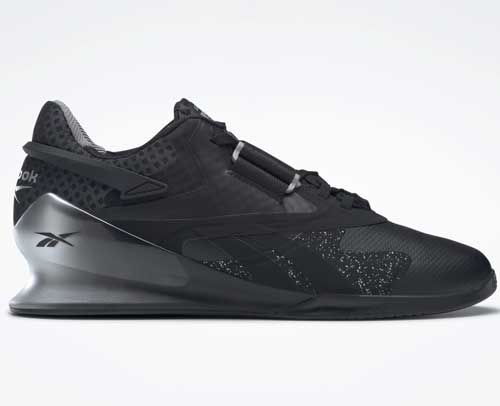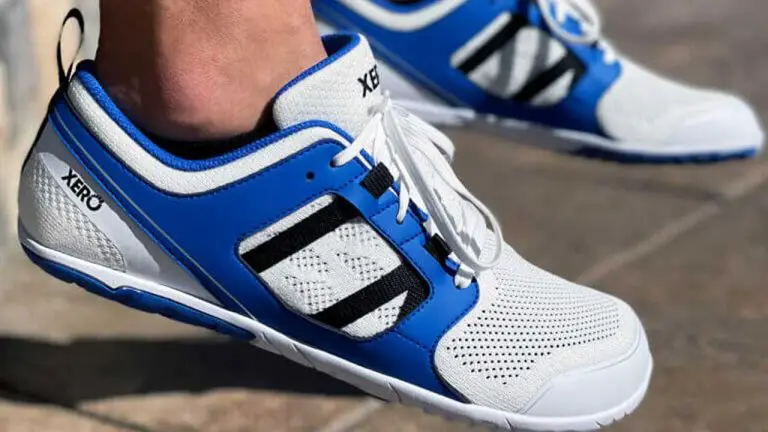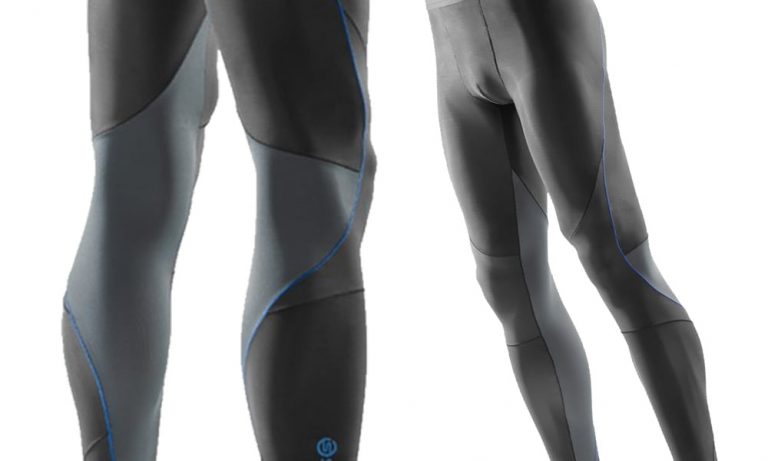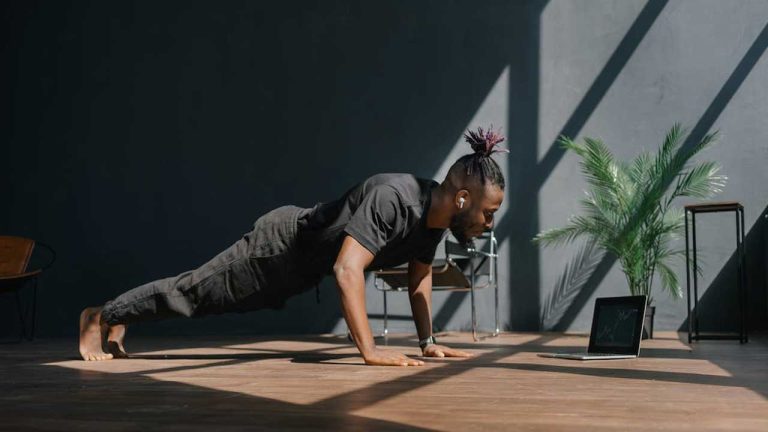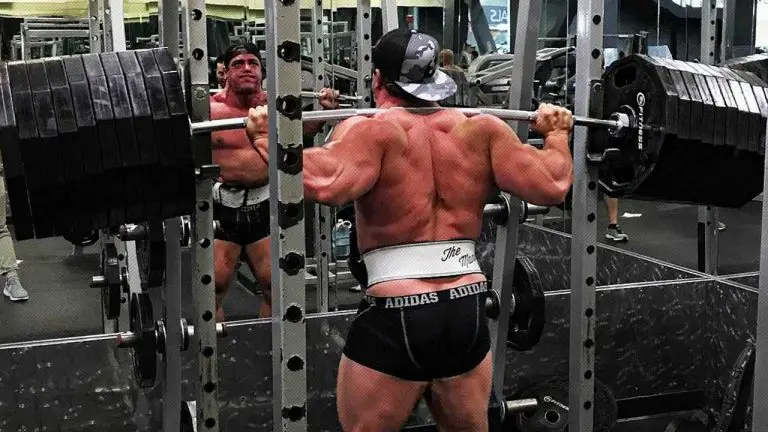Reebok Legacy Lifter II Review – Are These the Right Shoes for You?
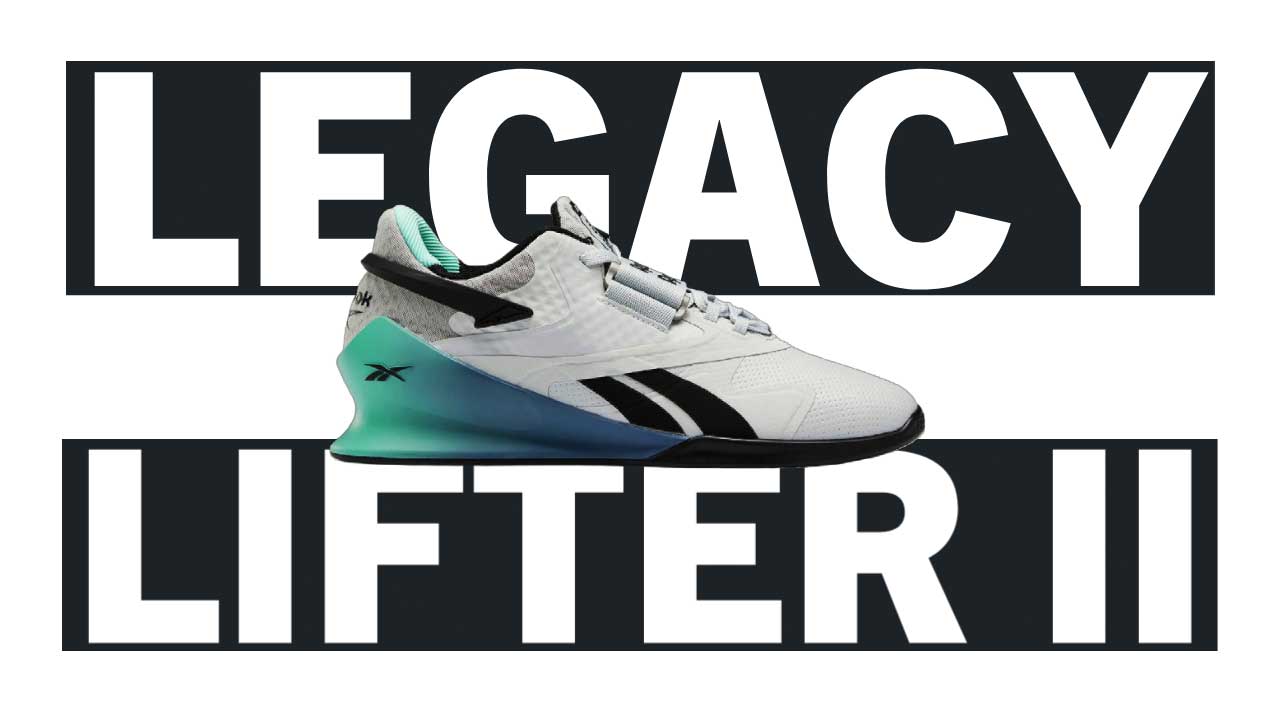
ListedFit is reader-supported. When you buy through links on our site, we may earn a small commission.
Reebok has released a new version of the Legacy Lifter and they’re called… the Legacy Lifter II.
But will this new version be as good as the original and are these the right shoes for you?
After several rigorous workouts, the Reebok Legacy Lifter II I’ve come to my conclusions.
Unlike any other weightlifting shoe, this one seems to strike a good combination of stability, rigidity, comfort, and flexibility.
But are there any real drawbacks you can expect from this version? And how does it compare to the ever popular Nike Romaleos 4?
In this hands-on review, I’ll talk about these things and answer any questions you might have about the Reebok Legacy Lifter II.
Table of Contents
- What Makes the Reebok Legacy Lifter II Special?
- Reebok Legacy Lifter II vs. Nike Romaleo – What Are the Main Differences Between the Two?
- Legacy Lifter II Sizing – Are They True to Size?
- Reebok Legacy Lifter II Pros and Cons
- Overall: Are the Reebok Legacy Lifter II Worth It?
What Makes the Reebok Legacy Lifter II Special?
For me, Reebok Legacy Lifter II is quite the versatile weightlifting shoe.
But what makes them unique? They feature a 22mm heel, making them ideal for any lifter who would want a little more heel elevation to aid with performance, posture and lifting technique.
Another upside is their slightly lower priced than other shoes in this category.
Reebok Legacy Lifter II vs. Nike Romaleo – What Are the Main Differences Between the Two?
Both have been well-received by the powerlifting and weightlifting communities, and they may be the best shoes their companies produce in this area.
Based on my experience, you can’t go wrong with the Nike Romaleos 4 or the Reebok Legacy Lifter II—both are top-notch weightlifting shoes.
But most lifters would likely choose the Reebok Legacy Lifter II not only because it is slightly cheaper, but it could be argued that it provides better value and could be considered a more well-rounded shoe.
Let’s see how they compare.
Looks
For most people, the Romaleos 4 is more visually appealing than the Legacy Lifter II.
However, the color choices recently made available for the Legacy Lifter II do give it an extra boost in that area. I applaud Reebok for offering a wider array of color choices with these shoes. Even though the color of your shoes don’t affect performance in any way, it’s just nice to have a selection.
Sole

The sole of the Romaleos 4 stands out more with its angular form and transparent sides at the heel, whereas the Legacy Lifter II is more of a neutral design.
I do appreciate Nikes sole design in the Romaleos 4, it may be more angular, but it does provide more width than the Reebok Legacy the extra width, albeit small, does help with balance and stability.
Fit
I haven’t personally experienced this with the Romaleos 4, but some people have reported heel slippage which means you have to take extra care to make sure you choose the right size.
The Legacy Lifter II has a great fit in the heel area. They have a somewhat higher back which enables the heel to feel a little more secure.
Comfort
The Legacy Lifter II is 3-ounce heavier than Romaleos 4, it is a small weight difference that you probably wouldn’t even notice much. If these were running shoes it would be a bigger issue of course, but the weight doesn’t play a massive part in the performance of this shoe or affect their comfort level. But it is worthy of a mention.
They do still feel lightweight to wear, and provide superior comfort. Again, ensure you select the right size for these.
Straps and Lacing

The Romaleos 4 have two straps whereas the Legacy Lifter II have just the one. I do prefer double straps just for added security and stability. This is one of the things I like about the Romaleos over the Legacy Lifter II.
Also, the Romaleos 4 laces feel like theyre of a higher quality and the eyelets feel a lot more sturdy.
The eyelets on the Legacy Lifter II don’t feel as though they are as well–made, which is a bit of a shame; they aren’t strengthened and have been known to tear when tightened too rigourously.
Grip and Traction
As for the Powerlifting Perfection Grip Test, both pairs of shoes did really well.
Despite the Romaleos 4’s impressive 0.88 friction score, the Legacy Lifter II came out on top with 0.95.
Performance
I tested both pairs with the squat, clean and jerk, and snatch. Both performed very well on my workouts as you would expect them to. Nothing negative to report.
They both have the appropriate weight and gripping, flat soles.
However I feel the Reebok Legacy Lifter II won by a slight margin. They have a little more room in the toe box that made wearing during my workouts a little more comfortable and gave me a little more confidence with heavier lifts.
Legacy Lifter II Sizing – Are They True to Size?
Most weightlifters and athletes can safely order their actual size.
This model’s length is realistic, and many weightlifters should find it fits and feels well owing to the neutral last and toe box.
However, the strap structure may provide some size issues for those with high arches, but other than that, the Legacy Lifter II does fit true to size.
- Toe box is a little roomier than Romaleos 4.
- Feel more robust and hard-wearing.
- Velcro straps have weak points and may not suit every foot shape.
Reebok Legacy Lifter II Pros and Cons
How about the pros and cons of trying the Reebok Legacy Lifter II? Here are the pros and cons I found or experienced in having this model.
Pros
Updated Toe Box and Heel
The updated toe box and heel are the first features of the Legacy Lifter II that impress me. This model fits snugly, which isn’t a flaw.
There is sufficient space in the toe box for toe splaying, but not as much as in the first Legacy Lifter.
Incredibly Robust and Long-Lasting
This model’s thicker textile upper structure and robust boot give it a tremendously durable feeling. I find this very satisfying.
There’s no doubt that the first Legacy Lifter is robust, but this updated version seems to improve upon the original in terms of performance.
Comfortable When Working Out
I also like that the insoles are lightweight foam, and the tongue and collar are cushioned with plush foam.
The foam not only makes it more comfortable to wear but also aids in maintaining a comfortable fit.
You can do various workouts comfortably with the supportive footbed that prevents your foot from sliding around.
Constructed with a Sturdy Heel
The heel design is the final thing I enjoy about this model.
This particular type from Reebok has a TPU strip and a thicker material that together secure the heel.
When you combine these features with the high TPU cup surrounding the heel, you get a stable heel for squatting, pulling, and other back-heavy lifts.
Cons
There is one drawback with this model that is very much worthy of a mention.
Weak Velcro Straps
When it comes to securing the midfoot, this model may not be ideal for those with higher arches since there is a limited amount of velcro at the strap’s base.
Overall: Are the Reebok Legacy Lifter II Worth It?
All things considered, the Reebok Legacy Lifter II is a worthy investment that should appeal to a wide range of weightlifters.
As a sequel to the original Reebok Legacy Lifter, the Reebok Legacy Lifter II represents a significant step forward in shoe development. Also, aesthetic-wise, I like it.
If you need new footwear and are interested in Olympic lifting, I strongly recommend this model.
Author
- Danny Loeb is a qualified Personal Trainer, Fitness Model and Writer. He enjoys blogging about health and fitness, messing around with Photoshop, and sharing his experiences with everyone.
Latest entries
 NutritionFebruary 6, 2024What Are Fillers in Supplements? – Unveiling Inactive Ingredients
NutritionFebruary 6, 2024What Are Fillers in Supplements? – Unveiling Inactive Ingredients FitnessAugust 23, 2023Best Post-Workout Foods: Great Ideas for Recovery and Results
FitnessAugust 23, 2023Best Post-Workout Foods: Great Ideas for Recovery and Results BulkingJuly 26, 2023Is Rice Good for Bulking? Unveiling the Truth
BulkingJuly 26, 2023Is Rice Good for Bulking? Unveiling the Truth CultureJuly 15, 2023Why Do People Hate Planet Fitness? Read This Before You Join!
CultureJuly 15, 2023Why Do People Hate Planet Fitness? Read This Before You Join!
Affiliates:
This post may contain affiliate links that at no additional cost to you, the site may earn a small commission. We only recommend products we would use ourselves and all opinions expressed on this site are our own.
General Advice:
The information provided in this article is for general informational purposes only. It is not intended as a substitute for professional advice. Always consult with a qualified healthcare professional before starting any new diet, exercise program, or making changes to your health routine.
Accuracy Advice:
While we strive to provide up-to-date and accurate information, the content in this article may not reflect the most current research or medical guidelines. We encourage readers to do further research and consult with professionals for more personalized advice.
Our Recommendations:
The products and services mentioned in any of our articles are recommended based on our independent research and personal experience. We are not sponsored by any company. We aim to suggest products and services we believe are of high quality and could be beneficial to our readers.

